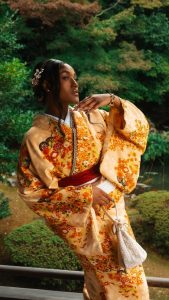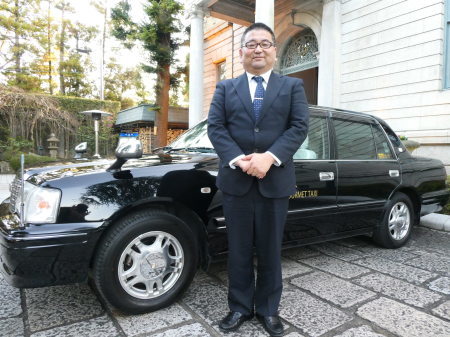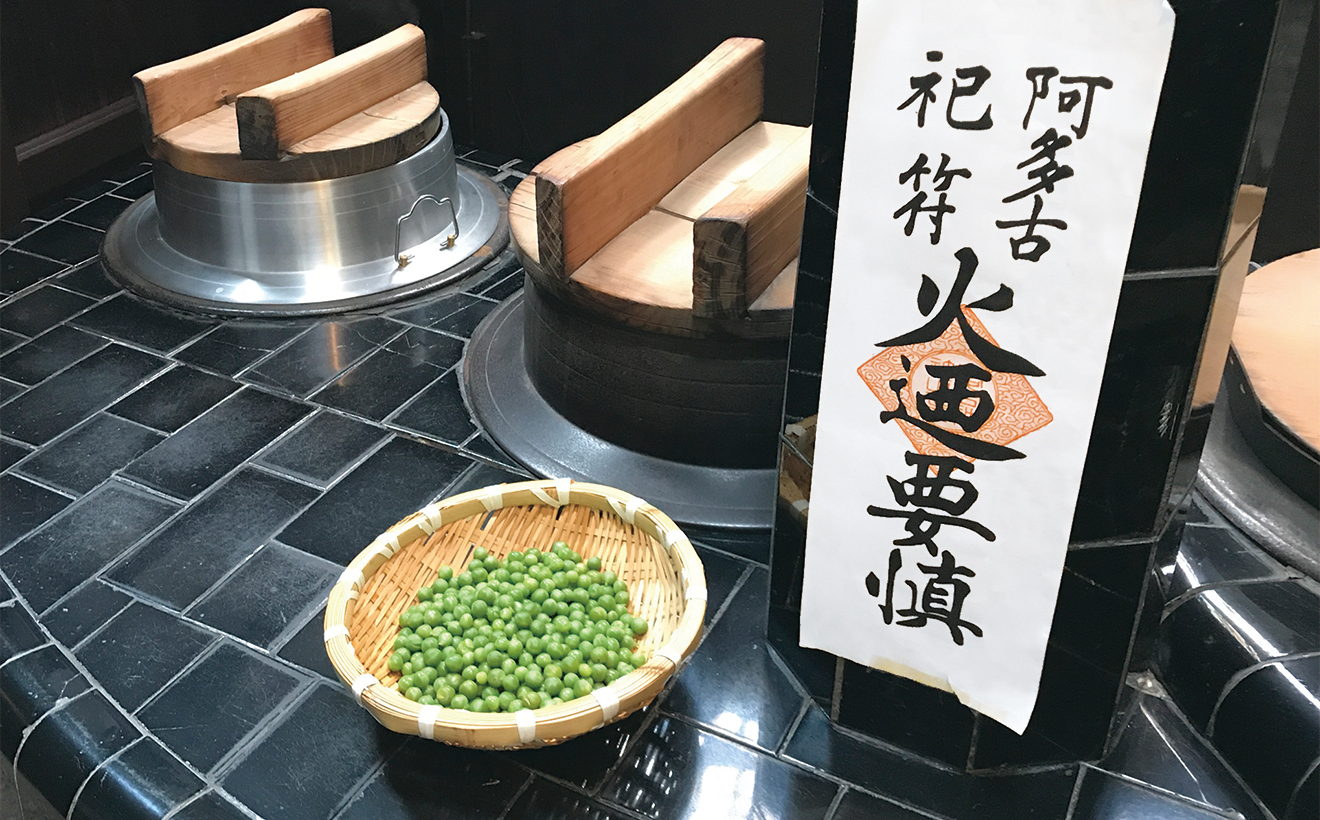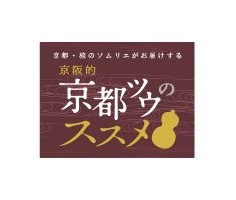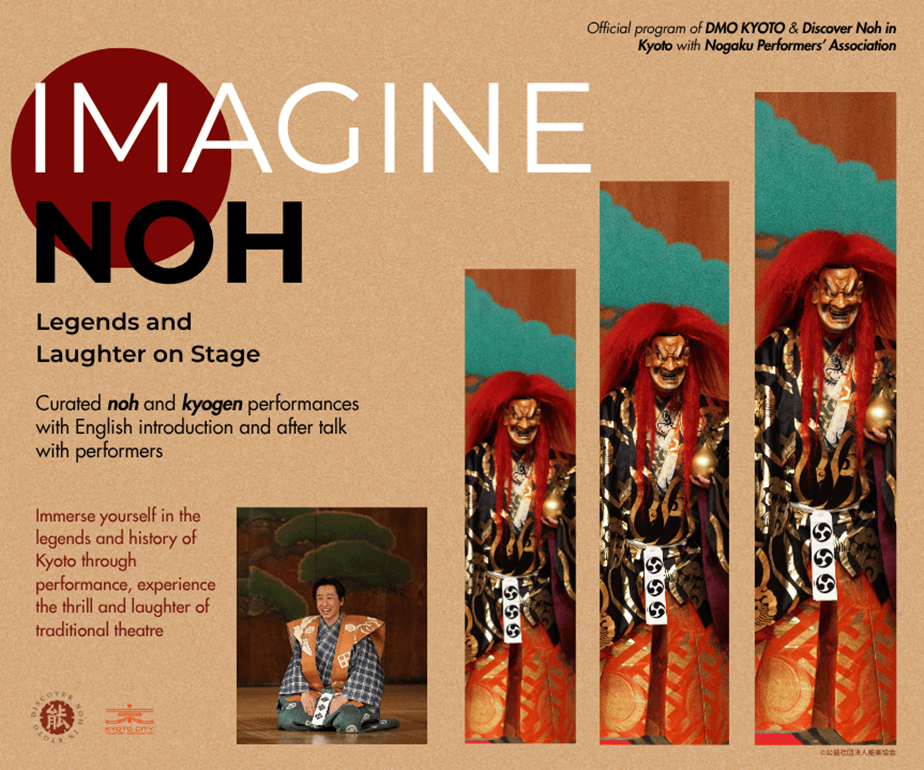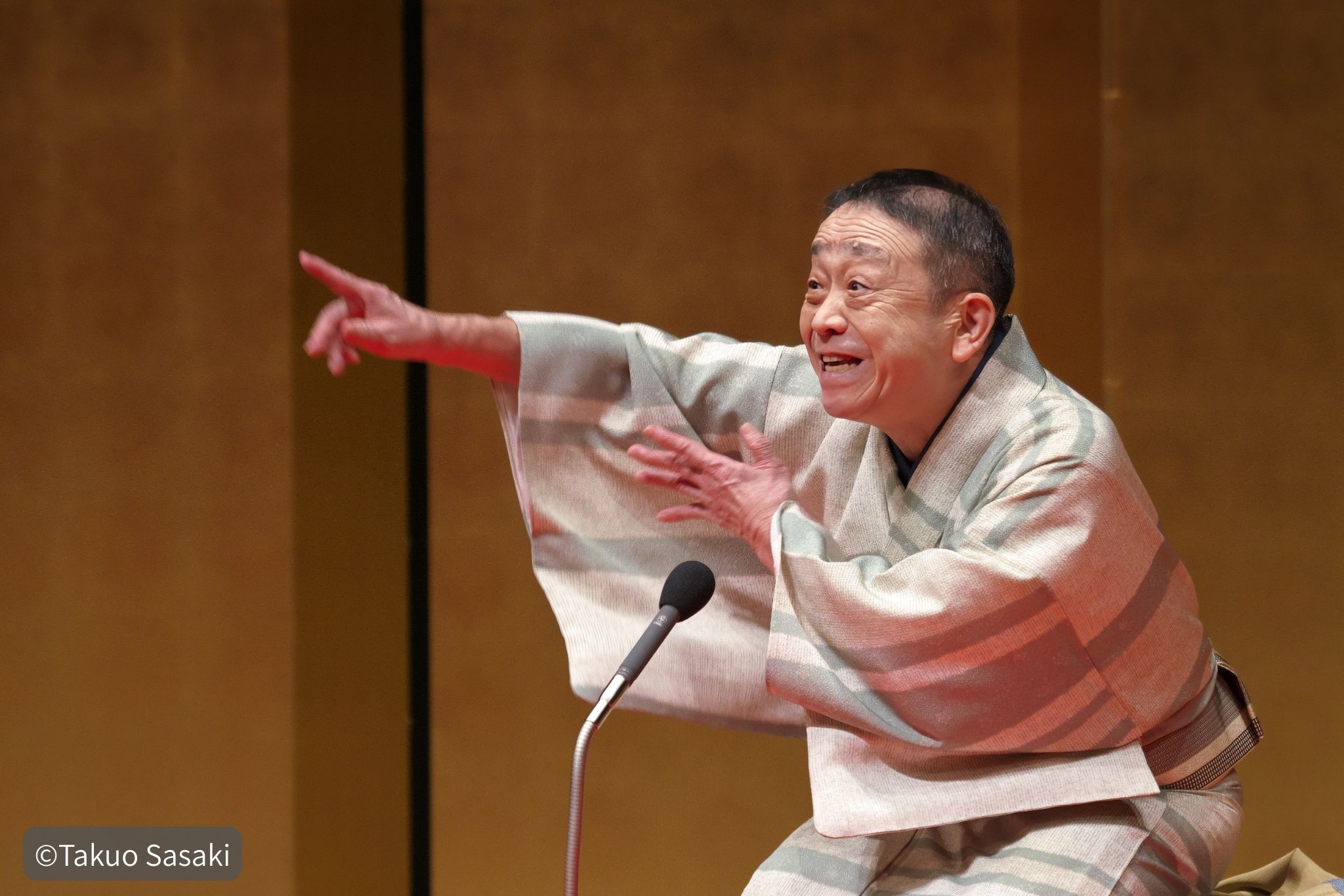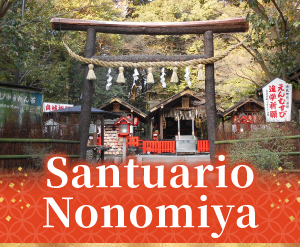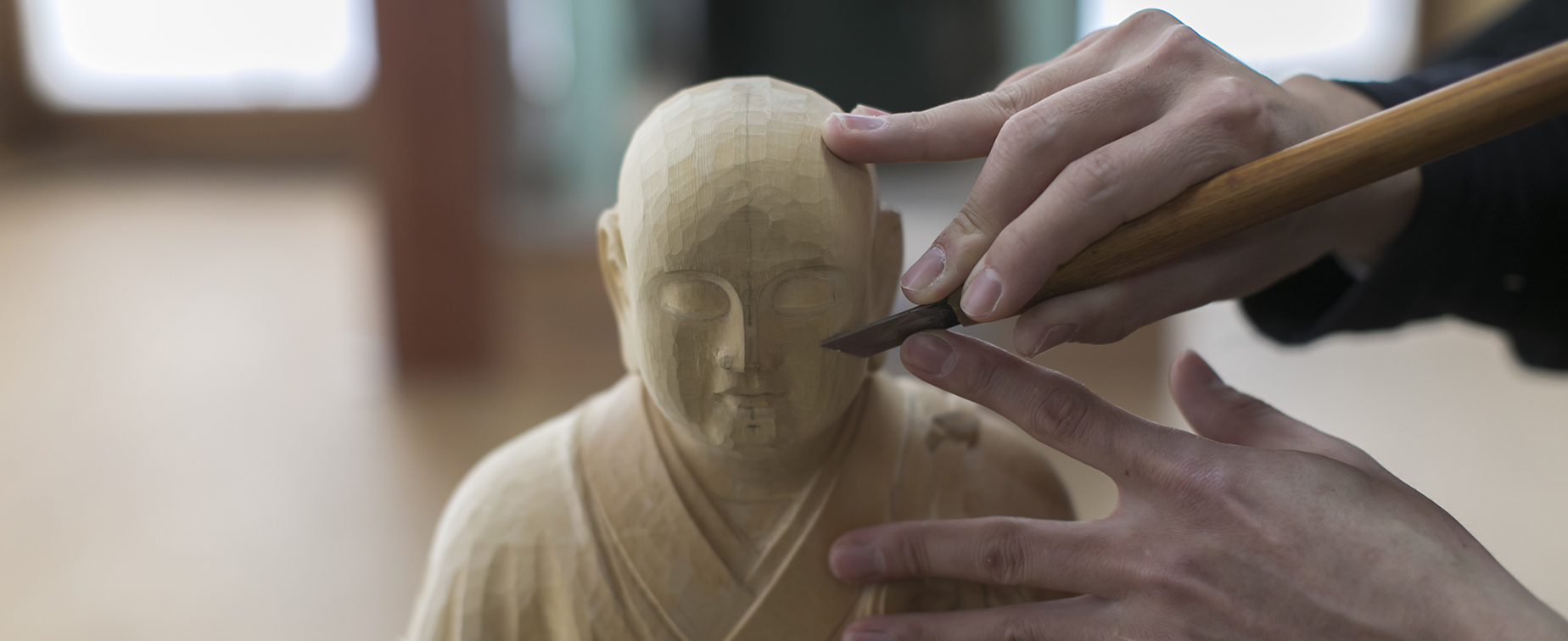
La forma es humana, pero no es humana.
La creación de esculturas budistas se rige estrictamente por reglas rituales llamadas "giki". Cada detalle, desde la expresión facial hasta la forma de los dedos y la postura, es una expresión del pensamiento budista. Los escultores budistas, llamados busshi, perfeccionan su arte para expresar las enseñanzas de Buda con precisión y solemne majestuosidad.
Una excepción, las túnicas celestiales que visten las estatuas budistas, apenas se mencionan en las reglas rituales. Para los escultores budistas, quienes deben trabajar con reglas predefinidas, es una de las pocas áreas donde pueden dar rienda suelta a su creatividad. No existe una única forma correcta de representar la textura de las túnicas a medida que fluyen hacia los pies o los pliegues superpuestos de la tela. El escultor trabaja con un cincel en la mano izquierda y un martillo en la derecha para tallar la madera mediante ensayo y error, como si se tratara de una prenda auténtica, pero sin perder la sensación de majestuosidad. Trabajando entre la solemne majestuosidad y la realidad, el escultor crea basándose en la imagen mental del Buda.
Gakyu Miyamoto
Escultor budista. Nació en Kioto en 1981. Tras graduarse de la secundaria, estudió diseño de moda en una escuela de arte y una escuela vocacional, trabajó como ilustrador y comenzó a formarse como escultor budista en Kioto. En 2015, completó nueve años de formación y abrió su propio estudio, Miyamoto-kogei, para esculpir y reparar estatuas budistas.

La importancia de un escultor budista
El escultor budista Gakyu Miyamoto nos mostró una estatua budista de su estudio.
“Este era un trozo de madera que se quemó completamente en el incendio”.
La casa de un feligrés de un templo sufrió un incendio, y el sacerdote principal encargó una estatua como ofrenda de condolencia. Se perdió toda la casa, pero se conservó el pilar central de madera de zelkova. Tallé la superficie con un cincel, y apenas empiezo a ver la figura del Shaka (Buda) en su interior.
Se trataba de madera de zelkova utilizada en una casa de más de 100 años, así que quizás el árbol tuviera más de 200. La superficie quedó casi completamente carbonizada por las llamas, pero Miyamoto afirma que un cincelado cuidadoso comenzó a revelar poco a poco una madera fresca y joven.
Miyamoto terminó un período de formación de aproximadamente nueve años y dejó a su maestro para independizarse en 2015. Este fue su primer encargo para producir una estatua budista desde que se convirtió en escultor budista.
Tras la fundación de Miyamoto-kogei, durante el primer año me dediqué principalmente a proyectos de escultura como ihai (lápidas mortuorias budistas). Como escultor budista, por supuesto, quería crear estatuas budistas, pero el destino influye en el trabajo de las estatuas budistas, así que solo podía esperar. Crear una estatua budista con madera quemada es un trabajo inusual, pero me alegra mucho que el primer encargo que recibí tras independizarme tuviera un fuerte significado emocional para el cliente. Al final de mi formación y cuando empecé a trabajar por mi cuenta, seguí reflexionando sobre la importancia de crear estatuas budistas. Siempre me preguntaba por qué esculpía estatuas budistas, pero creo que encontraré la respuesta al esculpir esta estatua.
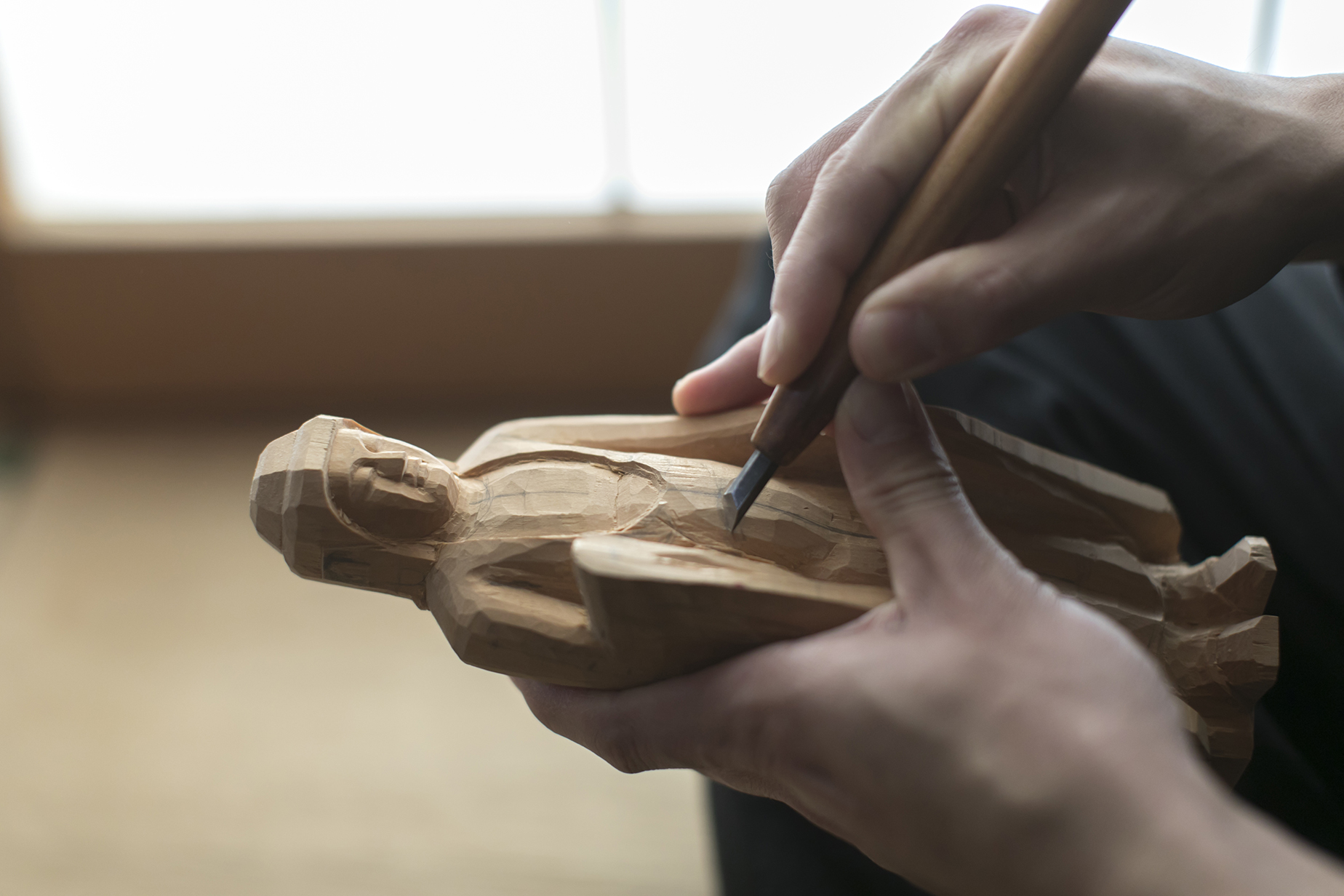
Una estatua budista descansa en la mano de Miyamoto. Cada movimiento del cincel da vida a su forma con sumo cuidado.
Moda y estatuas budistas
Miyamoto nació como Takayuki Miyamoto y creció en el barrio de Fushimi, al sur de Kioto. ¿Qué camino siguió para convertirse en Gakyu Miyamoto, el escultor budista?
Siempre le interesó la moda. En una colección de ensayos de graduación de secundaria, el joven Miyamoto escribió que quería ser diseñador de moda. Tras graduarse de la preparatoria de su ciudad natal, se unió al programa de diseño de moda en una escuela de arte. A través de sus estudios de arte y expresión de la moda, quedó cautivado por el diseño en su búsqueda de la belleza de la forma. Tras graduarse, ingresó en una escuela de diseño vocacional en Tokio como estudiante becado y se adentró aún más en el mundo del diseño de moda.
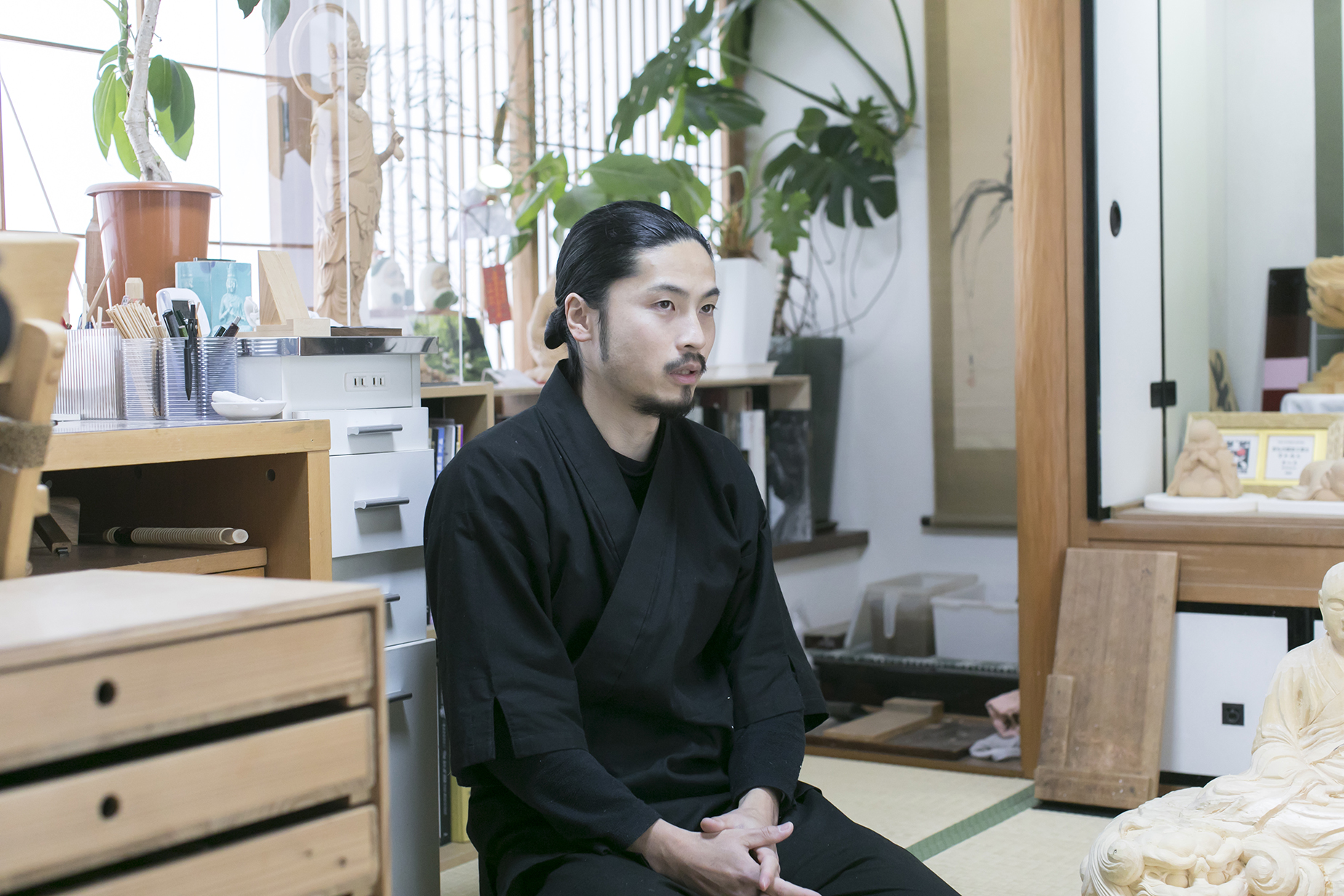
Más que la practicidad, me gustaba la belleza de la ropa como obra de arte. Admiraba las modas decorativas de la alta costura europea de la época y exploré mis propios enfoques. Quería ser como el diseñador de moda John Galliano. Estudié moda dos años en la universidad y tres en la escuela vocacional, pero al final me divertía más dibujando bocetos que usando la máquina de coser. Terminé tomándome una excedencia en la escuela vocacional para pintar.
Desde sus inicios en el diseño de moda, Miyamoto se expandió hacia la pintura abstracta al comenzar a trabajar con ahínco para exhibir su obra en exposiciones. Pero vivir en Tokio, con la presión de sus trabajos a tiempo parcial y la creación artística, empezó a pasar factura a Miyamoto, de 24 años.
Me cansé y decidí trasladar mi base de operaciones a Kioto, donde crecí. Trabajé a tiempo parcial en una oficina de diseño mientras seguía creando mi propio trabajo, y mientras me adaptaba, conocí a mi maestro.
Era la primera vez que visitaba el estudio de un escultor budista. Su hermano lo trajo para ayudar a un amigo escultor budista de este, quien necesitaba ayuda. Miyamoto vio una estatua inacabada de Kannon de once caras, de siete shaku (aproximadamente 2,1 metros) de altura. Su hermano mayor lo había presentado al maestro para que le ayudara con la pintura, uno de los últimos obstáculos para su finalización. A Miyamoto no le habían interesado las esculturas budistas antes, pero estaba contento de tener un trabajo a tiempo parcial con un pincel. Durante los siguientes seis meses, aproximadamente, Miyamoto llevó una doble vida: trabajando en diseño gráfico durante el día y pintando con un pincel frente a estatuas budistas por la noche.

Cinceles y cepillos. La cantidad de herramientas aumenta a medida que se busca la forma ideal. Además, se dedica mucho tiempo y esfuerzo al cuidado y mantenimiento.
En aquel entonces, la enorme diferencia de tiempo entre ambos trabajos me estaba volviendo loco. Por un lado, estaba el diseño gráfico, que se consumía a corto plazo, y por otro, la creación de objetos diseñados para perdurar cientos de años. El trabajo con estatuas budistas era agradable y profundo. Trabajaba sin parar, así que mi cuerpo estaba agotado, pero aun así ansiaba que llegara la noche todos los días. En ese momento, no podía contener mis emociones.
La moda y la pintura que tanto le interesaban en el pasado ya no podían satisfacer a Miyamoto una vez que fue expuesto a la escultura budista.
Lo que había sucedido antes y lo que aún estaba por venir. Había mucho en qué pensar, pero sin darme cuenta, me inclinaba ante mi maestro y le pedía que me convirtiera en su aprendiz. Ya me había cautivado el atractivo de la escultura budista.
Tras pensarlo un rato, su maestro accedió. Convertirse en aprendiz a los 25 años era un comienzo tardío para un artesano.

El interior del estudio parece demasiado limpio y organizado para ser el lugar de trabajo de un escultor.
Entrenamiento de lujo
Para un escultor budista, la formación es exigente y prolongada. Debe aprender pintura, lacado, metalizado y otros trabajos necesarios para crear estatuas budistas, además de esculpir. Además, la reparación y restauración, que constituyen gran parte del trabajo de un escultor budista, requiere habilidades que no se encuentran en la creación de nuevas estatuas. La mayoría de los artesanos se inician en este mundo en la adolescencia debido a la expectativa de un largo período de formación. A los 25 años, cuando Miyamoto comenzó su aprendizaje, es la edad en la que otros artesanos comienzan a finalizar su formación y se lanzan como escultores budistas independientes.
Cuando te conviertes en aprendiz, no hay nada que puedas hacer. Te sientes impotente.
Miyamoto no sabía sostener un cuchillo de trinchar, y mucho menos esculpir nada. Día tras día, se frustraba por su incapacidad para hacer nada y se limitaba a observar a su maestro trabajar.
Era frustrante que el maestro me pagara a pesar de no poder hacer nada. Cuando pienso en esa época, lo más importante que recuerdo es sentirme mal y querer disculparme con mi maestro. No sabía nada, así que practicaba desesperadamente por la noche para poder hacer al menos una cosa más. Una noche me concentraba en las manos de una estatua, y otra noche me concentraba solo en patrones, recordando lo que el maestro había hecho durante el día.
Miyamoto fue el primer aprendiz de su maestro. Su maestro se convirtió en escultor budista mediante una formación tradicional en la que no se enseña nada, y el aprendiz debe observar al maestro y copiar sus técnicas. Pero su maestro le dijo a Miyamoto: «Te mostraré todo el trabajo y responderé a todas tus preguntas. Así que date prisa y mejora tus habilidades». Fiel a su palabra, le explicó todo el trabajo con detalle.
Creo que tuvo en cuenta mi edad. Para llegar a ser un escultor budista independiente algún día, es mejor aprender habilidades desde joven. Mi formación fue muy lujosa: me sentaba frente a mi maestro y él me entregaba algo que tallaba. Yo continuaba lo que él hacía y tallaba un poco, y luego él corregía lo que yo hacía justo delante de mí. No creo que haya muchos escultores budistas con la suerte de poder formarse así. Pude llegar a cierto punto en nueve años solo gracias a lo que mi maestro hizo por mí.
Al ser el primer aprendiz de su maestro, Miyamoto tuvo la fortuna de experimentar toda la gama de trabajos que realiza un escultor budista. También pudo repasar las técnicas que aprendió de su maestro y enseñárselas a los aprendices que se unieron después. En abril de 2015, Miyamoto completó nueve años de formación y dejó a su maestro para dedicarse por su cuenta.

Partes de estatuas budistas en espera de restauración. Tras el lavado, se secan desmontadas. Cada pieza es un ejemplo del pasado.
Sin yo
Al independizarse, Miyamoto eligió "Gakyu" como nombre para su escultor budista. La combinación de los caracteres "yo" y "descanso" significa "sin yo" y es una advertencia contra la excesiva autoafirmación para Miyamoto, quien a veces discutía con su maestro.
Seguí el ejemplo de Rikyu (el histórico maestro del té), quien eligió su nombre de la frase zen «sin fama ni fortuna», basada en el principio de vivir sin buscarla. Un escultor budista debe reprimir sus sentimientos personales en su obra, pero mi opinión siempre sale a la luz. Elegí este nombre para recordar la admonición cada vez que la escuchara.
Eligió un tranquilo barrio residencial cerca del Santuario Matsunoo-taisha para su estudio y residencia combinados.
Este lugar está rodeado de ríos y montañas, con una humedad estable durante todo el año. Gestionar la madera es una parte importante del trabajo de un escultor budista. Busqué un buen lugar por todo Kioto y finalmente lo encontré. Desde mi aprendizaje, quise vivir y trabajar en el mismo lugar. Así que mi primer gran proyecto al empezar mi propio camino fue encontrar un lugar que fuera adecuado para trabajar como escultor budista y cómodo para la vida familiar.
La organización del estudio llama la atención al entrar en Miyamoto-kogei. No hay herramientas sobre las superficies de trabajo ni una sola viruta de madera en el suelo.
Me molesta ver herramientas o materiales olvidados, así que limpio en cuanto tengo un momento. La gente que viene se sorprende y pregunta: "¿De verdad trabajas aquí?". Ser organizado es importante para un artesano, pero ser tan meticuloso probablemente sea solo mi personalidad.
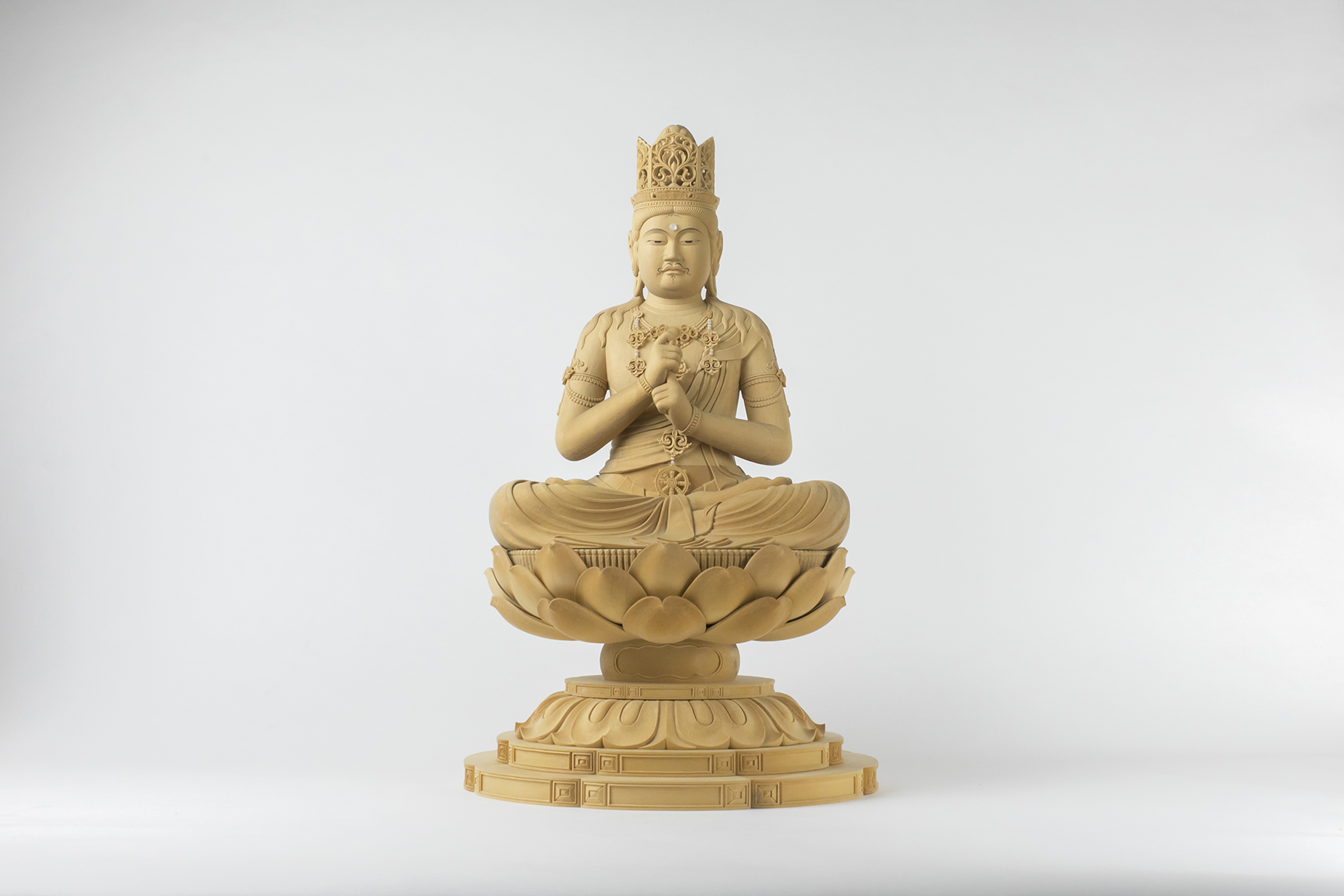
Representaciones de su propia túnica
Desde que se independizó, Miyamoto ha comenzado a pensar en representaciones de estatuas budistas propias. Esto llevó a que la belleza de la forma de la moda que una vez estudió se superpusiera en su mente con las estatuas budistas, afirma.
La forma en que la tela cuelga del Buda, sus pliegues y su forma de envolverse a lo largo del cuerpo... creo que podría aprovechar mi experiencia en diseño de moda en estas expresiones. Los budas tienen forma de personas, pero no son personas. Espero representar túnicas con un toque dinámico como elemento para resaltar su solemne majestuosidad.
Las estatuas budistas se rigen por reglas conocidas como "giki". Cada detalle, desde la expresión facial hasta la forma de los dedos y la postura, encarna el pensamiento budista. Estas reglas existen para proteger y transmitir las formas básicas del pasado. Una excepción, la vestimenta que visten las estatuas budistas, apenas se menciona en las reglas rituales. Como resultado, los escultores budistas tienen margen para aportar su propia creatividad, al igual que la vestimenta real, pero sin socavar la sensación de majestuosidad. Trabajando entre la solemne majestuosidad y la realidad, Miyamoto crea basándose en la imagen mental de Buda.
Pensé que había estado trabajando en campos completamente ajenos al diseño de moda, la pintura y el diseño gráfico, pero me equivoqué. Cualquier experiencia puede ser útil para las estatuas budistas y hay que aprovecharla. Creo que eso es lo que la convertirá en mía.
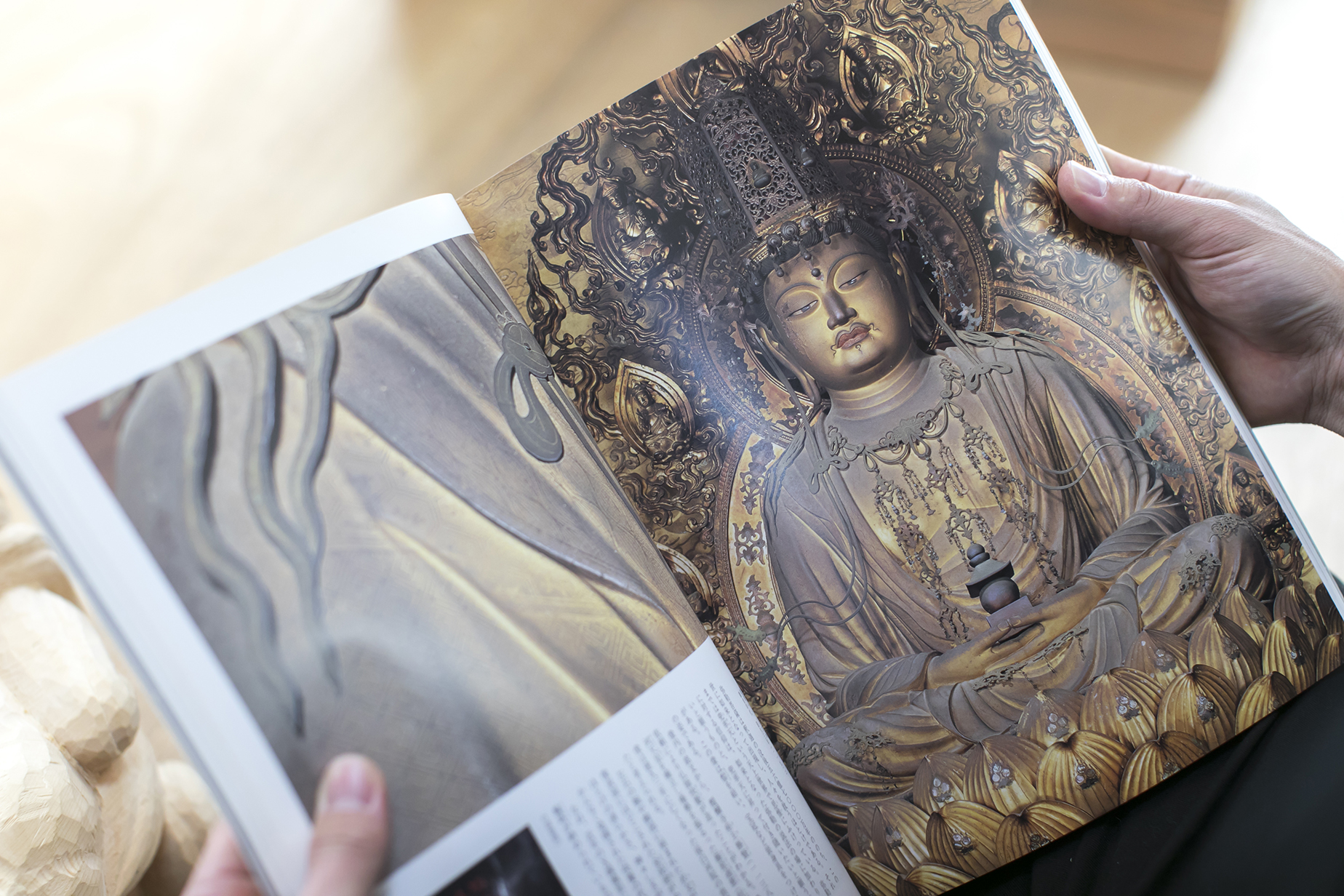
Miroku Bosatsu sentado, la estatua principal del templo Daigo-ji Sanbo-in, de Kaikei.
La obra de un escultor budista moderno
“Miroku Bosatsu sentado, la estatua principal del templo Daigo-ji Sanbo-in”.
Cuando se le pregunta por su estatua budista ideal, la respuesta de Miyamoto es casi instantánea.
Desde mi aprendizaje, admiraba esta estatua por encima de todo. En mis días libres, solía llevar binoculares para visitar el templo Daigo-ji. La uniformidad, la energía vivaz y la vestimenta de Kaikei (un escultor budista del período Kamakura) la convierten en la estatua budista ideal para mí, en todos los sentidos. Mientras habla, Miyamoto abre un libro ilustrado desgastado y destrozado.
La posición simétrica de los ojos y la nariz, y la nariz recta: creía que la simetría perfecta de la estatua de Kaikei era el factor principal para crear la solemne majestuosidad de una estatua budista, y aspiré a ese ideal. Pero entonces ocurrió algo que lo cambió todo.
Ese evento fue una exhibición especial en un museo cerca del final de su aprendizaje. Al enterarse de que la estatua de Miroku Bosatsu que tanto había admirado se exhibiría, Miyamoto visitó la exposición lleno de emoción y anticipación. Pero allí, vio una ligera distorsión en la forma que creía perfecta.
El Miroku Bosatsu que vi de cerca por primera vez no era tan simétrico como pensaba. Para la mayoría de la gente no era una gran diferencia, pero para mí sí lo era. De lejos, se veía perfectamente uniforme en el templo Daigo-ji y en el libro ilustrado. Pasé tres o cuatro horas frente al Miroku Bosatsu, mirándolo desde arriba, cerrando un ojo, etc., pero hiciera lo que hiciera, no era simétrico. Hasta entonces, había trabajado en mejorar mis habilidades creyendo que la simetría perfecta era la clave de la belleza de una estatua budista, pero perdí de vista mi objetivo. Sentí que me faltaban todas las fuerzas.
Durante el año siguiente, Miyamoto no pudo esculpir estatuas budistas.
Tras independizarse y con sus sentimientos finalmente comenzando a resolverse, recibió el encargo de esculpir la estatua budista con la madera quemada en el fuego.
Creo que mi imagen ideal del simétrico Miroku Bosatsu se había vuelto demasiado grande en mi cabeza. Pero simétrico o no, la realidad superó con creces mi imaginación y poseía una divinidad indescriptible. Era una presencia abrumadora, a un nivel completamente diferente de la belleza de la forma. Desde entonces, he pensado en cómo puedo esculpir un Buda como ese.
Mientras Miyamoto trabaja, siempre hay una foto de la estatua sentada de Miroku Bosatsu del Templo Daigo-ji colocada a su lado.
Incluso Kaikei debió ser vanguardista para su época. Las reglas son importantes, pero debe ser aún más importante tener la creatividad para esculpir sin estar demasiado limitado por ellas. Cuando me di cuenta de eso, me decidí aún más a intentar hacer mis propias estatuas budistas.

En abril de 2017, se completó una estatua de pie de Shaka Nyorai (Buda) de un shaku (aproximadamente 33 cm) de altura, tallada con la madera quemada en el fuego. Tras un período de producción de aproximadamente un año desde el encargo, llegó el día de la ceremonia de consagración de la estatua. Miyamoto la bautizó como "Koen", o llamas de luz, con la esperanza de que la madera de zelkova que resistió las llamas para convertirse en un Buda protegiera a la familia durante muchos años.
La primera estatua budista que hice como Gakyu Miyamoto fue una experiencia invaluable. Siento que me enseñó la importancia de un trabajo en el que algo que creo se convierte en objeto de culto. Me sentí verdaderamente bendecido como artesano por poder trabajar en ella.
Miyamoto-kogei
Sitios web y servicios
Facebook: facebook.com/miyamotokougei/
Instagram: instagram.com/gakyu01/


